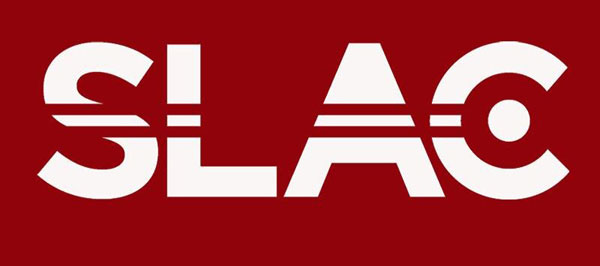Scientists at the Energy Department’s National Renewable Energy Laboratory (NREL) and SLAC National Accelerator Laboratory have been able to pinpoint for the first time what happens during a key manufacturing process of silicon solar cells.
Their paper, “The formation mechanism for printed silver-contacts for silicon solar cells,” appears in the journal Nature Communications. The paper was co-authored by NREL’s Jeremy Fields and SLAC’s Imteyaz Ahmad, and the principal investigators on the project were Maikel van Hest of NREL and Michael Toney of SLAC. The other researchers involved were NREL’s Philip Parilla, SLAC’s Vanessa Pool and Douglas Van Campen, and Stanford University’s Jiafan Yu. Stanford operates SLAC.
The paste used in the manufacturing of the solar cells contains silver powder, glass frit (a mixture of metal oxides, such as lead oxide, boron oxide, zinc oxide, and bismuth oxide), and an organic binder. Researchers are looking for an alternative because silver is costly and lead oxide in the glass frit can harm the environment. Before alternative materials can be chosen, however, a better understanding is needed of what takes place during the firing process.
The research focused on identifying the silver-contact reaction mechanism that occurs during the manufacturing of silicon-based photovoltaic cells. The process involves a silver paste screen-printed onto a silicon wafer and then quickly fired in a belt furnace at temperatures between 750-800 degrees Celsius. Even though the process has been used for decades in silicon solar cell manufacturing, exactly what happens during the firing step has remained unknown because the firing process happens in only a few seconds.
By focusing an X-ray beam onto the silver paste during the contact formation, the researchers were able to capture the chemical and physical changes to the solar cell and the silver paste during the firing process and use those data to create a better picture of what happens. But first, they had to design and build a rapid thermal processing instrument to allow for real-time collection of X-ray data during firing. The portable instrument, developed jointly by NREL and SLAC, in combination with the synchrotron at SLAC, allows X-ray spectra to be taken in 100-millisecond intervals as the temperature is increased up to 100 degrees Celsius per second. The instrument works in temperatures as high as 1,200 degrees Celsius.
Use of the X-rays allowed researchers to learn that between 500-650 degrees Celsius, the antireflective coating on the solar cell is etched by lead oxide in the frit, allowing the frit to contact the silicon. Above 650 degrees, the silver dissolves into the molten glass frit and interacts at the silicon surface. Upon cooling, the silver precipitates and solidifies in the glass frit, allowing electrical contact to the silicon.
The researchers tested the difference in solar cells made in a furnace filled with nitrogen versus oxygen. The firing process using nitrogen resulted in the formation of more metallic lead, reducing the solubility of silver in the molten glass. In the presence of oxygen, silver dissolved readily into the glass when temperatures are higher than 650 degrees Celsius, causing more silver to eventually end up at the silicon surface and in turn forming a better contact.
This project is funded through the Bridging Research Interactions through collaborative Development Grants in Energy (BRIDGE) program under the Energy Department’s SunShot Initiative.
The SunShot Initiative is a collaborative national effort that aggressively drives innovation to make solar energy fully cost-competitive with traditional energy sources before the end of the decade. Through SunShot, the Energy Department supports efforts by private companies, universities, and national laboratories to drive down the cost of solar electricity to 6 cents per kilowatt-hour. Learn more at energy.gov/sunshot.
NREL is the U.S. Department of Energy’s primary national laboratory for renewable energy and energy efficiency research and development. NREL is operated for the Energy Department by The Alliance for Sustainable Energy, LLC.
SLAC is a multi-program laboratory exploring frontier questions in chemicals and materials sciences, astrophysics, particle physics and accelerator research. Located in Menlo Park, California, SLAC is operated by Stanford University for the Department of Energy’s Office of Science.












Comments